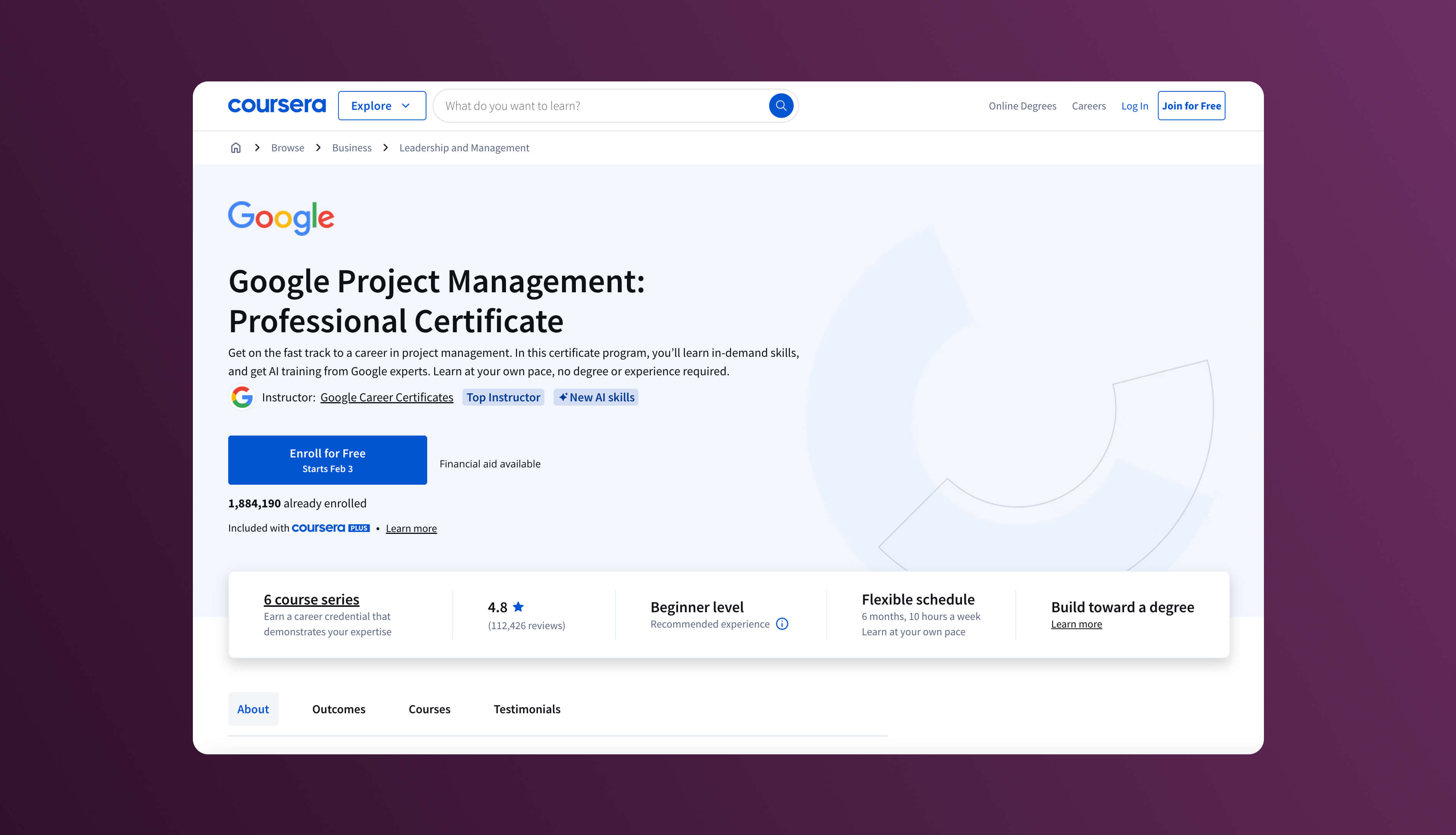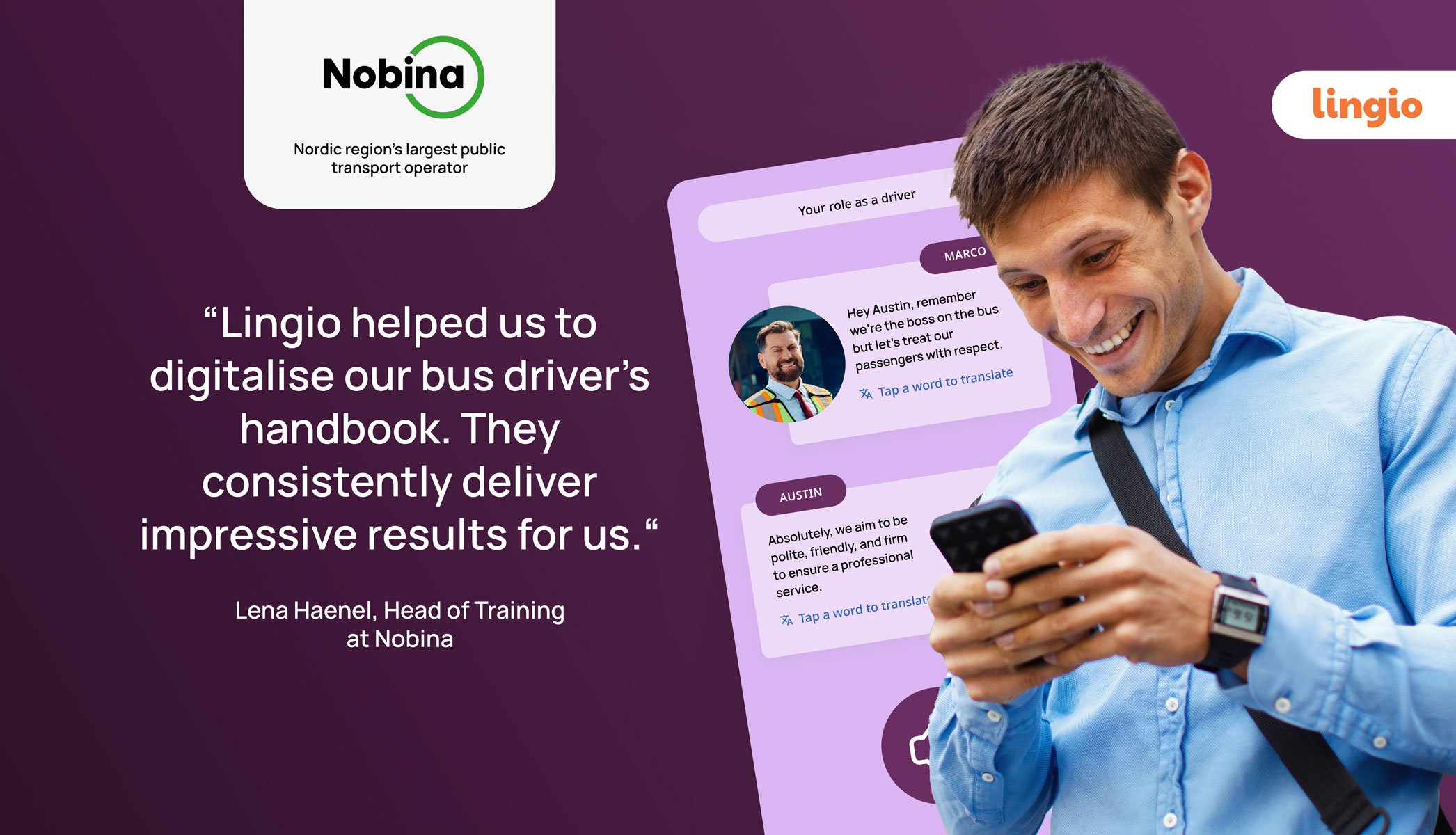Apprenticeship programs combine structured on-the-job training with classroom-based instruction designed to equip participants with specific skills in their field of work. This approach makes them one of the most innovative workforce development programs. According to The National Apprenticeship Service, 73% of employers report that apprenticeships lead to improved staff morale, enhancing the overall workplace environment.
Organizations like Jobs for the Future and federal apprenticeship offices provide technical assistance to help companies implement effective apprenticeship programs.
Such programs typically include sector-specific training, advanced technical apprenticeships, and graduate-level apprenticeships, each tailored to meet the demands of different industries and career stages.
2. Mentorship programs
Mentorship programs are structured relationships in which more experienced individuals guide and support less experienced colleagues. These programs are fundamental in enhancing professional development, facilitating knowledge transfer, and improving job satisfaction across various industries. A study highlighted in a Harvard Business Review article reveals that individuals who serve as mentors experience significantly lower levels of anxiety and find their jobs more meaningful compared to those who do not engage in mentoring.
Mentorship can take various forms depending on the organisation’s goals and structure, including one-on-one mentoring, group mentoring sessions, and peer mentoring. Each type is designed to cater to different mentoring needs, from personal career development to skill enhancement and leadership growth.
A real-world example of a mentorship program:
- Google’s Women Techmakers Program: One of the best workforce development programs, this initiative focuses on advancing women in technology through community support and resources. Since its inception in 2013, Women Techmakers Ambassadors have organised over 605 events and delivered 367 keynotes, significantly impacting the community with a network of 81,000 members.
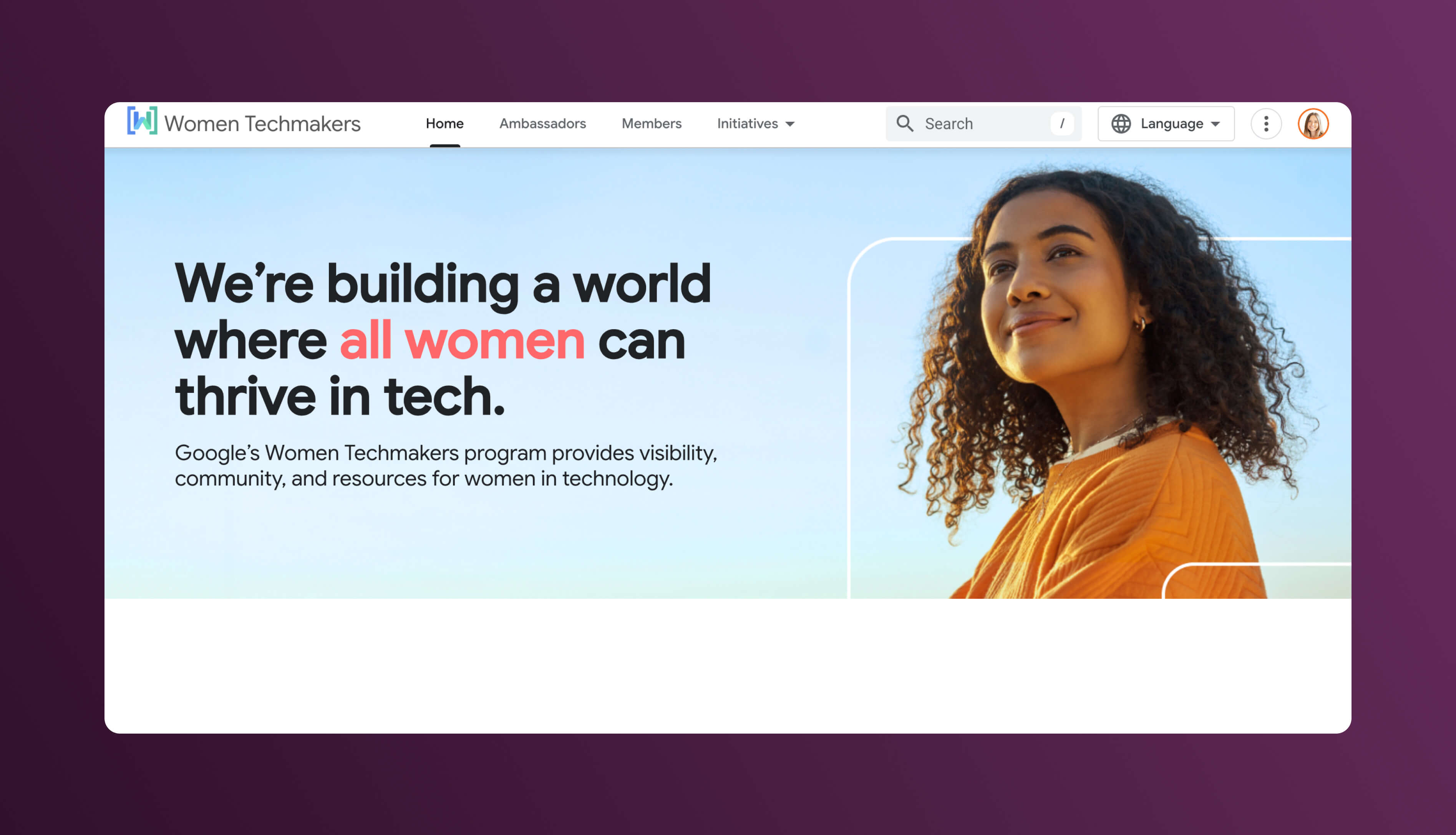
3. Pre-employment Training Programs
Pre-employment training programs are designed to equip job seekers with the necessary skills and knowledge to excel in their chosen careers. These programs are typically offered by organizations, educational institutions, or government agencies and are tailored to meet the specific needs of the job market. By participating in pre-employment training programs, individuals can gain a competitive edge in the job market, enhance their employability, and increase their chances of securing a job.
Pre-employment training programs can include a range of topics, such as:
- Industry-specific skills training: Providing targeted training in fields like healthcare, manufacturing, or IT to meet the demands of specific industries.
- Soft skills development: Enhancing essential interpersonal skills such as communication, teamwork, and time management, which are crucial for workplace success.
- Technical skills training: Offering courses in computer programming, data analysis, digital marketing, and other technical areas to keep up with technological advancements.
- Career development and job search strategies: Teaching job seekers how to navigate the job market, including resume building, interview preparation, and networking techniques.
These programs can be delivered in various formats, including online courses, workshops, and in-person training sessions. Some programs may also offer mentorship, coaching, or job placement services to support participants in their career development.
A real-world example of a pre-employment training program:
- IBM’s New Collar Program: IBM’s initiative focuses on providing training for “new collar” jobs, which do not necessarily require a traditional four-year degree but demand specific skills. The program offers training in areas like cybersecurity, cloud computing, and digital design, combining online courses with hands-on experience. Participants receive mentorship and job placement assistance, significantly enhancing their career prospects.
By investing in pre-employment training programs, organizations can benefit from a highly skilled and motivated workforce, improved employee retention, and increased productivity. Additionally, pre-employment training programs can help address skills gaps in the labor market, support economic growth, and contribute to the development of a competitive and innovative workforce.
4. Compliance training programs

Compliance training programs are essential in helping organisations adhere to legal and regulatory standards, ensuring that employees understand their roles in maintaining an ethical workplace. These programs are crucial for reducing legal risks and promoting a culture of integrity and accountability. According to Navex Global's 2023 Definitive Risk & Compliance Benchmark Report, 76% of risk and compliance professionals affirm that building and maintaining an ethical compliance culture is essential in decision-making processes.
Compliance training encompasses several key areas, including:
- regulatory compliance, which focuses on legal standards specific to the industry;
- ethical compliance, which aims to maintain the company's moral standards;
- procedural compliance, which covers internal policies and procedures.
A real-world example of a compliance training program:
- Morgan Stanley’s Compliance Training Program: Morgan Stanley has implemented a robust compliance training program that played a crucial role during the Garth Peterson FCPA case. This program emphasises a zero-tolerance policy towards bribery and corruption, with frequent updates to address new legal challenges, ensuring all employees are aware of and understand the latest compliance requirements.
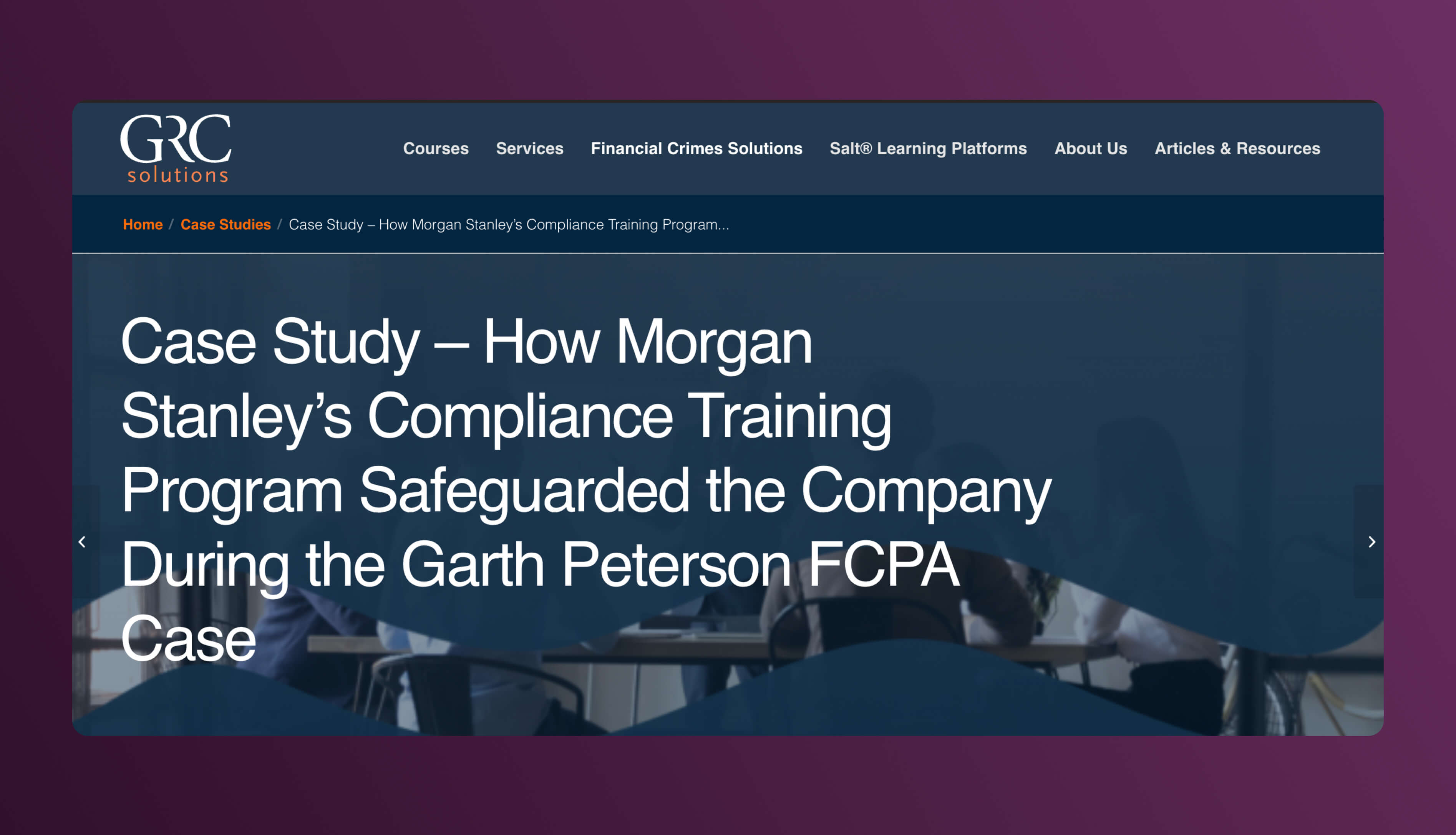
5. Leadership training programs
Leadership training programs are structured initiatives designed to enhance the leadership skills of individuals at various levels within an organisation. These programs are critical for cultivating a pipeline of capable leaders who can effectively guide teams, drive organisational success, and navigate complex challenges. Research data curated by Thomas Griffin highlights that organisations implementing leadership training across all levels are 4.2 times more likely to outperform competitors who limit such training to upper management only.
Leadership training can include emerging leader development for new professionals, executive leadership training for strategic skills, and specialist technical leadership training.
A real-world example of a top leadership training program:
- Amazon Pathways Program: A robust leadership development track designed for individuals with master’s or doctoral degrees or military backgrounds to prepare them for senior roles within Amazon Operations. The program operates globally, with placements in North America, EMEA, and Asia, tailoring workforce training to the strategic needs of each region while considering individual location preferences.
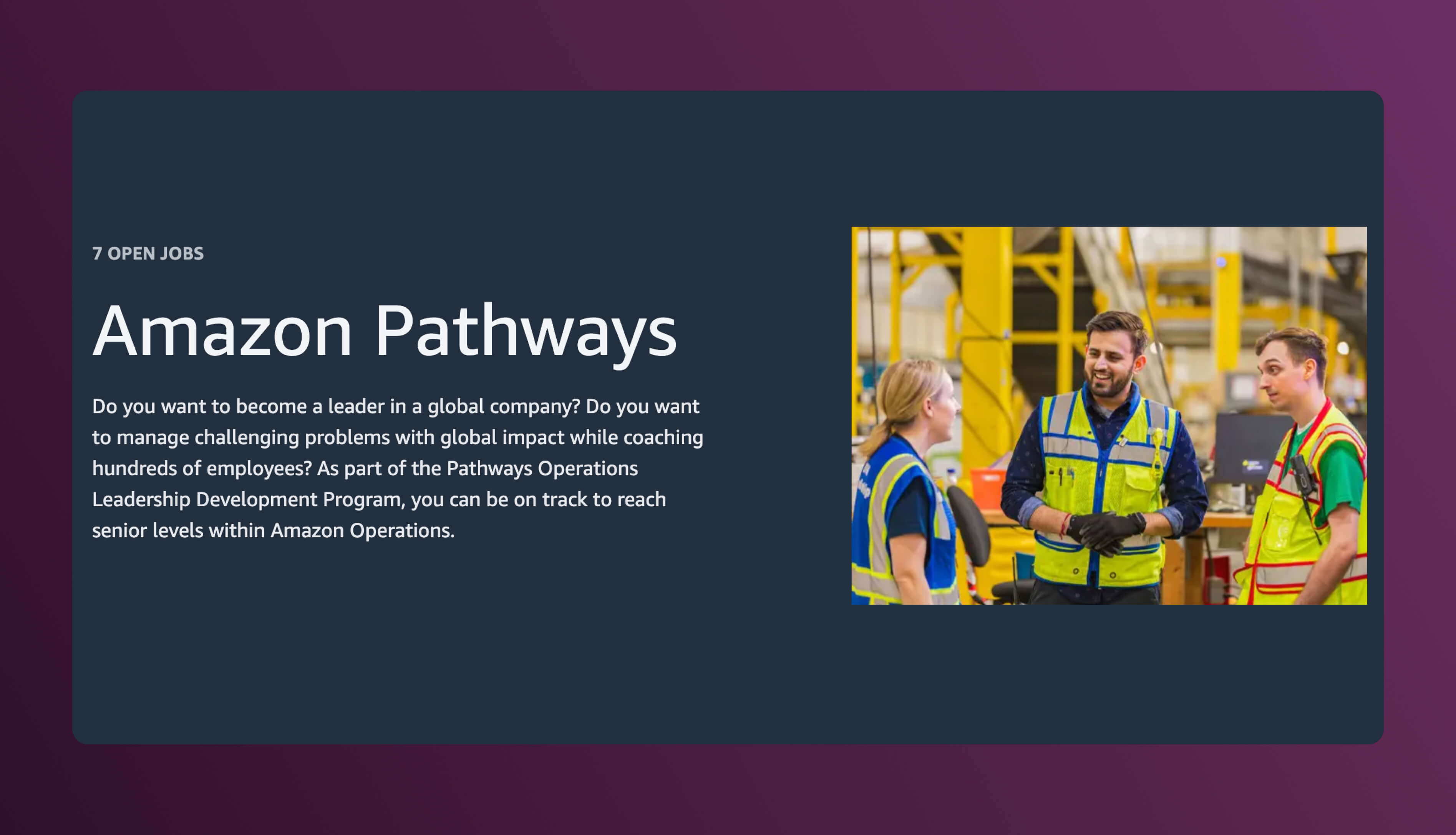
6. Soft skills development programs
Soft skills development programs focus on enhancing interpersonal abilities such as communication, teamwork, and problem-solving, which are increasingly valued in today's workforce. These programs are essential for building a versatile and adaptable workforce capable of navigating the complex social dynamics of modern workplaces. According to a 2019 report, 59% of hiring managers and 89% of executives highlight significant challenges in finding candidates with necessary soft skills, underscoring the critical need for these programs.
A real-world example of a soft skills development program:
- H&R Block’s VR Training Initiative: To address the need for enhanced customer interaction skills, H&R Block implemented VR simulations in their training regimen for new call centre representatives. This innovative approach allowed employees to engage in realistic customer service scenarios, enhancing their empathy and problem-solving skills. The introduction of VR training led to a 70% preference rate over traditional training methods among employees, a 50% reduction in customer dissatisfaction, and markedly improved resolution times and handling efficiency.
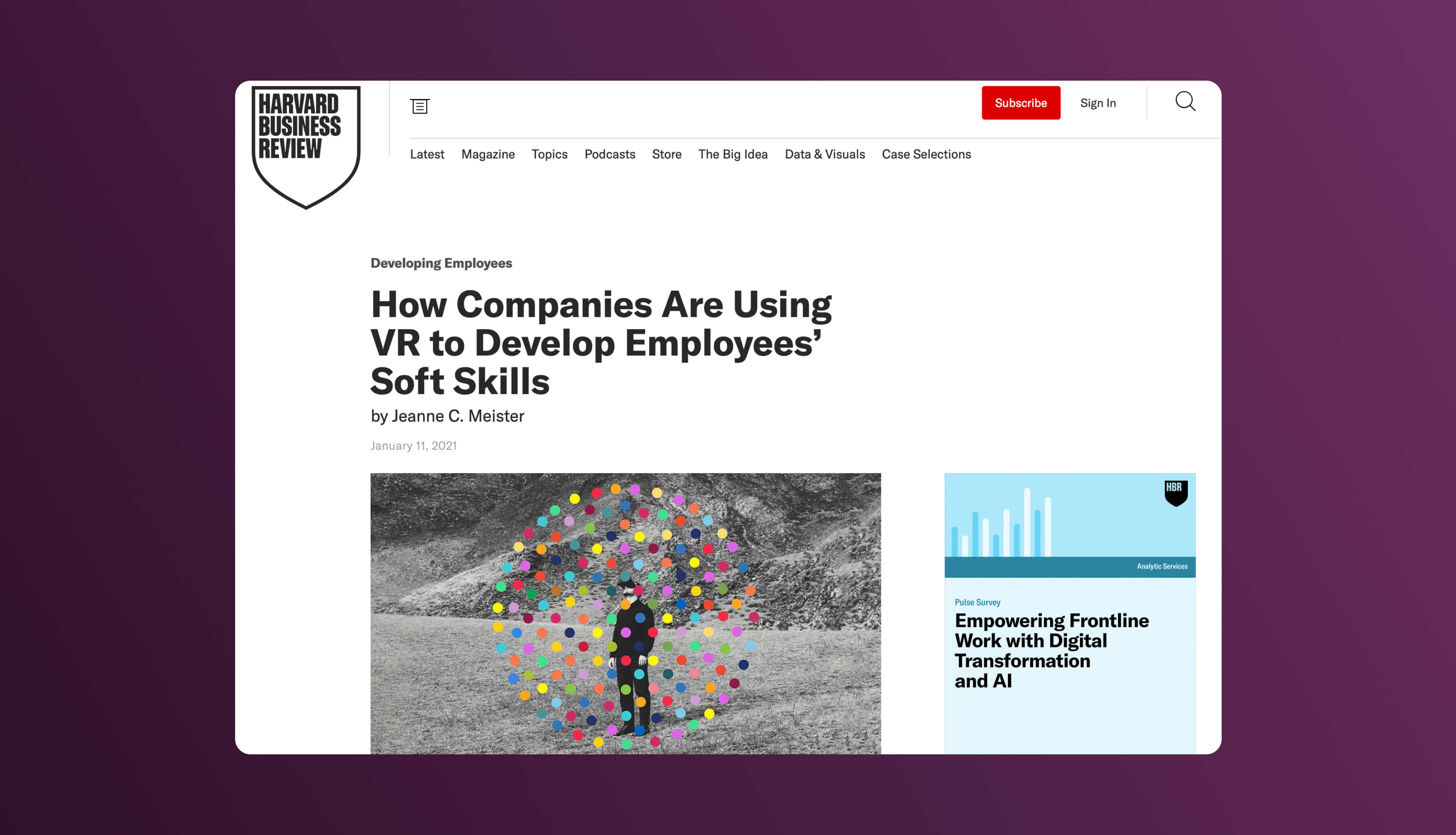
7. Employment mentoring programs
Employment mentoring programs are structured initiatives designed to support career development and skills enhancement through guidance from more experienced employees. Such initiatives are particularly effective in promoting diversity and inclusivity, as they help break down barriers and foster better economic mobility for underrepresented groups.
A real-world example of an employee mentoring program:
- Avison Young’s Workplace Mentoring Program: this program connected leaders with ERG members, including women and LGBTQ+ employees, to prepare them for leadership roles, enhancing diversity and inclusivity. This initiative has been instrumental in increasing representation in senior positions, demonstrating the power of mentorship in creating equitable professional environments.
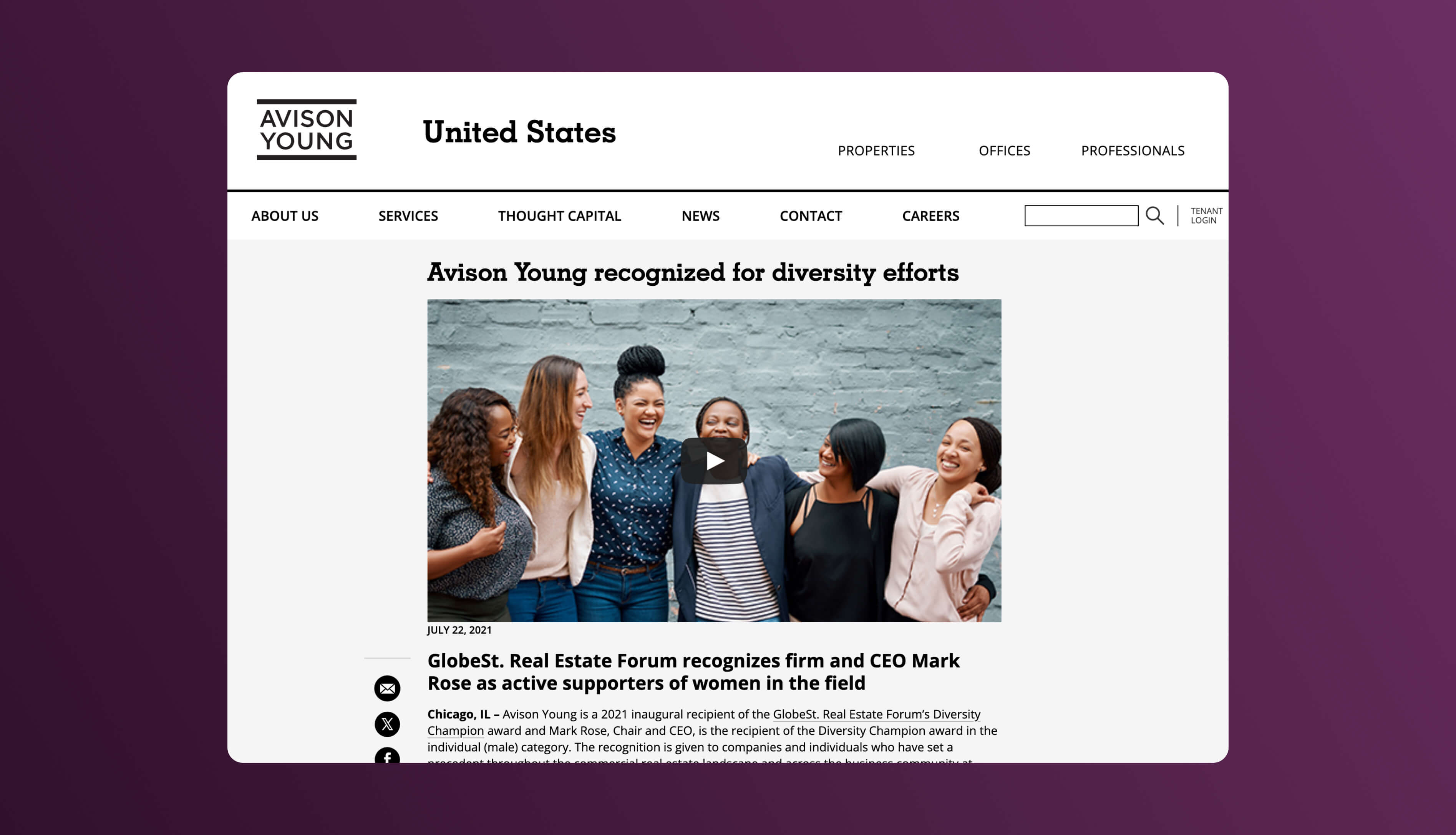
8. Onboarding training programs
Onboarding training programs are crucial for effectively integrating new employees into a company, ensuring they feel welcomed and are well-prepared to perform their roles. These programs significantly impact employee retention and productivity. According to a 2015 study by the Brandon Hall Group for Glassdoor, a strong onboarding process can improve new hire retention by 82% and increase productivity by over 70%.
Onboarding training typically covers procedural orientation to familiarise new hires with company policies, skills training for role-specific abilities, and cultural integration to help them adapt to the company's values and culture.
A real-world example of an onboarding training program:
- Buffer’s Three-Buddy System: Buffer has innovated the onboarding process by introducing a three-buddy system to support new hires. The system includes a Hiring Manager, a Role Buddy, and a Culture Buddy, each playing a distinct role in easing the transition of new employees. The Hiring Manager oversees the setting of clear 30-, 60-, and 90-day goals, the Role Buddy assists with role-specific queries and tasks, and the Culture Buddy aids in cultural assimilation. This comprehensive support system has proven effective in helping new hires settle into their roles smoothly and quickly.

9. Professional development programs
Professional development programs are tailored training initiatives that enhance the skills and knowledge of employees at various career stages. These programs are critical for personal growth and organisational success, aiming to keep staff up-to-date with industry trends, technologies, and leadership techniques. They are designed to improve job performance, satisfaction, and retention, contributing significantly to an organisation's overall effectiveness.
Professional development in the workplace can include skills enhancement for individual contributors, participation in top workforce development conferences, specialised executive programs for senior leaders, and transitional coaching for those moving into higher levels of responsibility. Each program is crafted to meet the specific needs of different career stages, from entry-level to executive.
A real-world example of a professional development program:
- Salesforce’s Great Leader Pathways: This innovative program offers personalised development experiences at six distinct career stages, from growing experts in their fields to enterprise leaders shaping the company’s strategy. It features a mix of self-paced learning, live workshops, and immersive experiences tailored to enhance leadership skills and strategic thinking at each level.

10. Senior executive training programs
Senior executive training programs are advanced workforce development courses designed for high-level leaders looking to refine their strategic decision-making and leadership skills to navigate complex organisational challenges. They focus on sharpening skills in leadership, strategy, change management, and creating significant impact within the organisation.
Some real-world examples of senior executive training programs:
- London Business School's Senior Executive Programme (SEP): Designed for highly accomplished executives with significant management experience, this two-week in-person program in London aims to challenge and expand their strategic thinking and leadership skills. Participants engage in intensive workforce development training courses that prepare them to achieve unrivalled results at the top levels of their organisations.
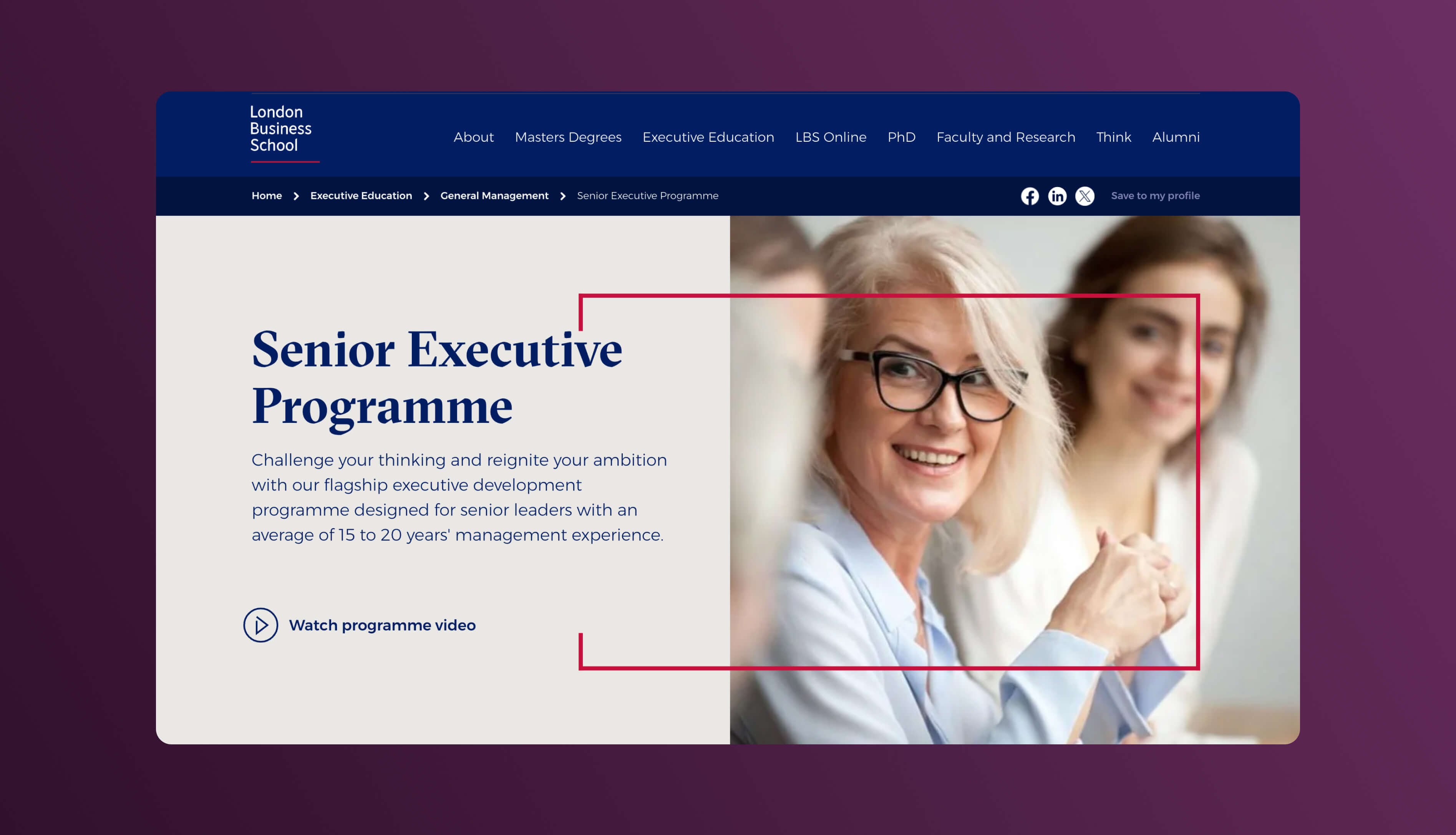
- Change Leaders Forum by McKinsey: This two-day specialised workshop is tailored for leaders looking to overcome resistance to change within the organization. It provides tools for sustainable change and is available in multi-industry or single-industry formats. The forum offers valuable networking opportunities and industry-specific discussions.
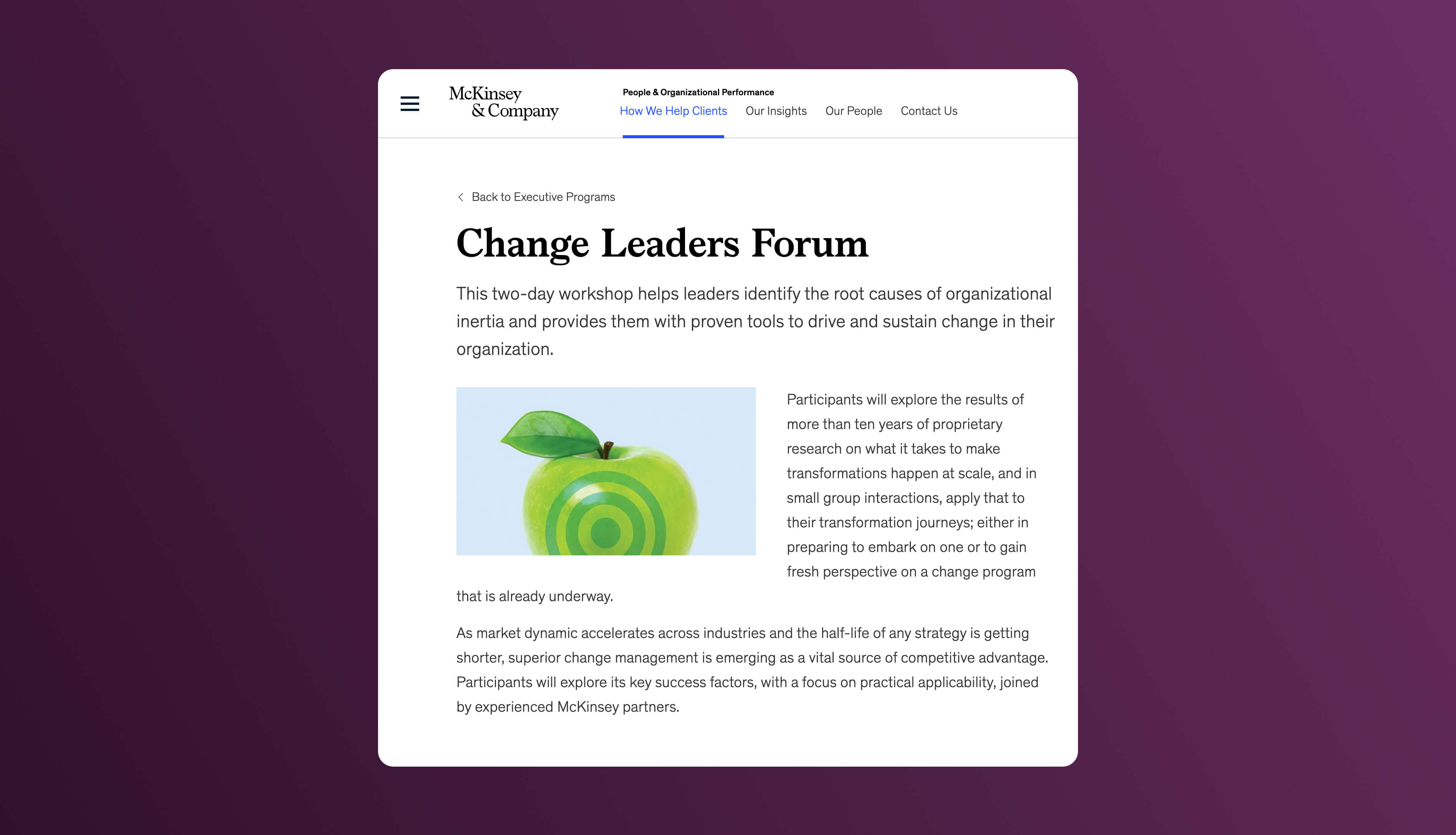
11. Safety training programs
Safety training programs are critical initiatives within organisations aimed at educating employees on workplace safety standards and practices to reduce accidents and ensure a safe working environment. These programs are integral for minimising risk and enhancing employee well-being. Research indicates that implementing comprehensive workplace safety programs can reduce associated costs by 28%, highlighting their importance in promoting both health and financial efficiency.
Some safety training course examples:
- OSHA Safety Pro: Personal Protective Equipment Course on Udemy: This program teaches employees the proper use and care of personal protective equipment (PPE) to safeguard against workplace hazards. The course offers one hour of on-demand video content, enhancing participants' understanding of OSHA regulations and the importance of safety at work.
- Occupational Health & Safety Training Course on Udemy: This quick yet comprehensive course offers 44 minutes of on-demand video and additional resources covering topics from health and safety basics to conducting risk assessments and maintaining welfare facilities.
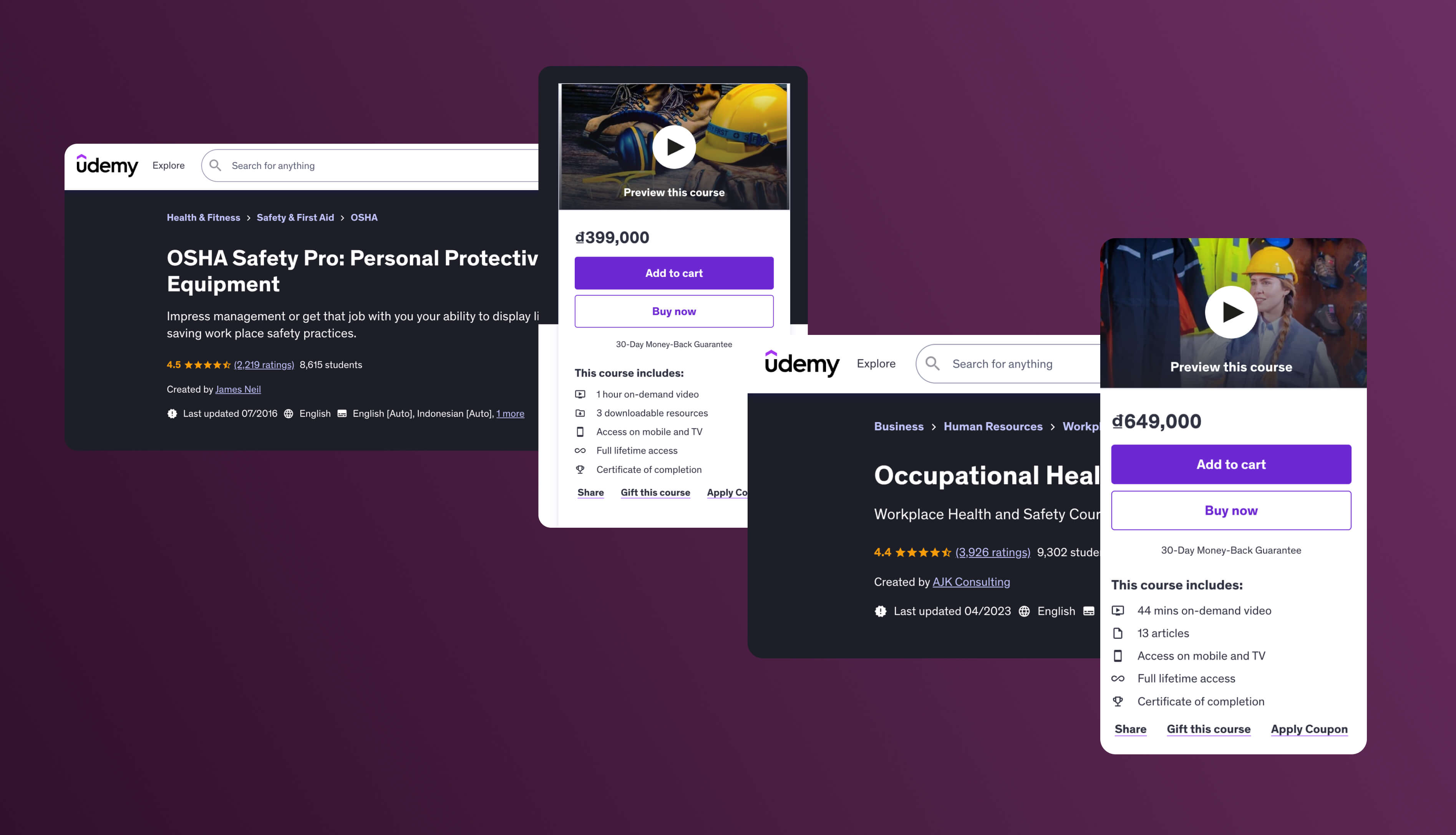
12. Upskilling programs
Upskilling programs are strategic organisational initiatives that enhance employees' skills to meet evolving business needs. Figuring out how to upskill employees is vital for addressing skills gaps, particularly in response to technological advancements and new business strategies.
A real-world example of a well-executed upskilling program:
- Walmart’s Live Better U Program: This program provides Walmart and Sam’s Club associates with educational benefits to learn new skills and advance into in-demand jobs within the workforce system. Since its inception, Live Better U has saved participants over $500 million in tuition costs, with more than 126,000 associates taking part and pursuing career paths in areas like business administration, supply chain management, and healthcare.

13. Reskilling programs
Reskilling programs are structured training initiatives designed to help employees transition into new roles or industries by learning new skills. Reskilling enhances employee capabilities and contributes to meaningful employment and organisational resilience by preparing them for future challenges. A McKinsey study highlights that organisations with established reskilling programs before the COVID-19 pandemic were better positioned to adapt to changes, demonstrating the significant impact of proactive workforce development. These programs are also pivotal in reintegrating displaced workers into the workforce, providing them with the necessary skills to start new careers.
A real-world example of a reskilling program:
- Verizon Skill Forward: In partnership with edX, Verizon offers the Skill Forward program, which provides tuition-free access to over 250 courses and 84 professional certificate programs in high-demand fields such as AI, business, IT, and more. This initiative is part of Verizon's commitment to making quality education accessible and helping individuals rewrite their career paths and pursue new opportunities in technology-driven sectors.
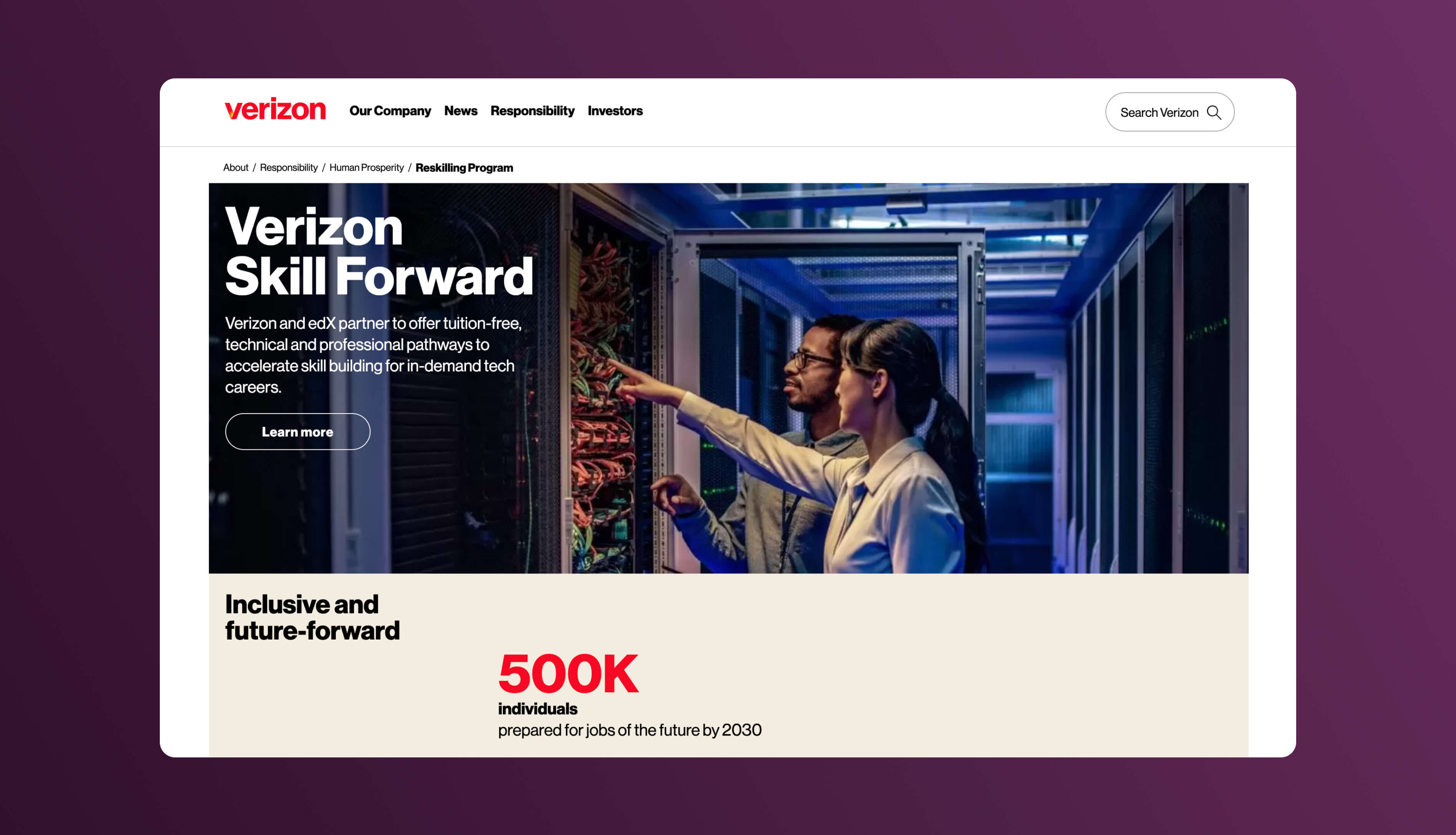
14. Technical skills training
Technical skills training programs are designed to equip employees with the advanced competencies needed to handle today's rapidly evolving technological demands. These programs range from specialised software development courses and data analysis workshops to advanced artificial intelligence and cybersecurity training. They cater to various professional needs, ensuring employees have the skills to leverage new technologies and methodologies effectively.
Example of a technical training program:
- Corporate Technical Skills Training Courses by Edstellar: Edstellar offers a holistic approach to technical training, providing workforce development classes in cloud computing, artificial intelligence, big data, IoT, and blockchain. Their programs support professionals through expert consultation, customised training content, and continuous post-training support, enhancing adaptability and technical proficiency across the organisation.
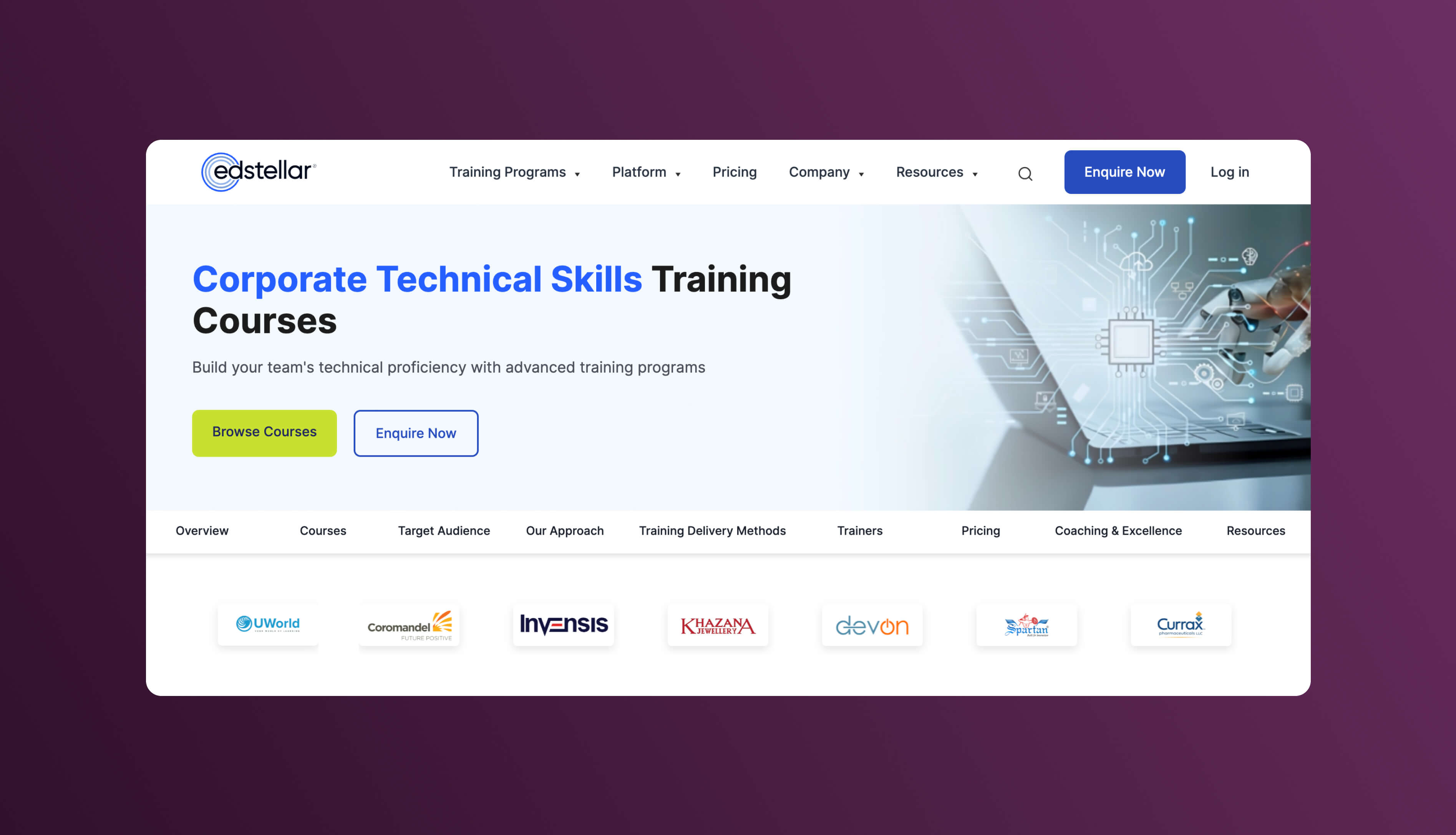
15. Diversity and inclusion training

Diversity and inclusion (D&I) training programs are designed to foster an inclusive workplace where diverse perspectives and backgrounds are valued. These programs enhance teamwork, improve cultural competencies, and drive innovative outcomes. A study by McKinsey in Latin America reveals that companies with committed D&I training are 75% more likely to report a pro-team work culture, highlighting the significant impact of these initiatives on organisational health.
A real-world example of a D&I program:
- Microsoft Allyship Program: This comprehensive program is divided into 10 segments and utilises various media to cater to different learning styles. It includes online, self-paced classes, video scenarios, and facilitated sessions focused on building skills for effective allyship. The program is designed to help employees counteract unconscious bias, encourage thoughtful interaction, and promote a supportive environment where every individual has the opportunity to act as an ally and benefit from allyship.
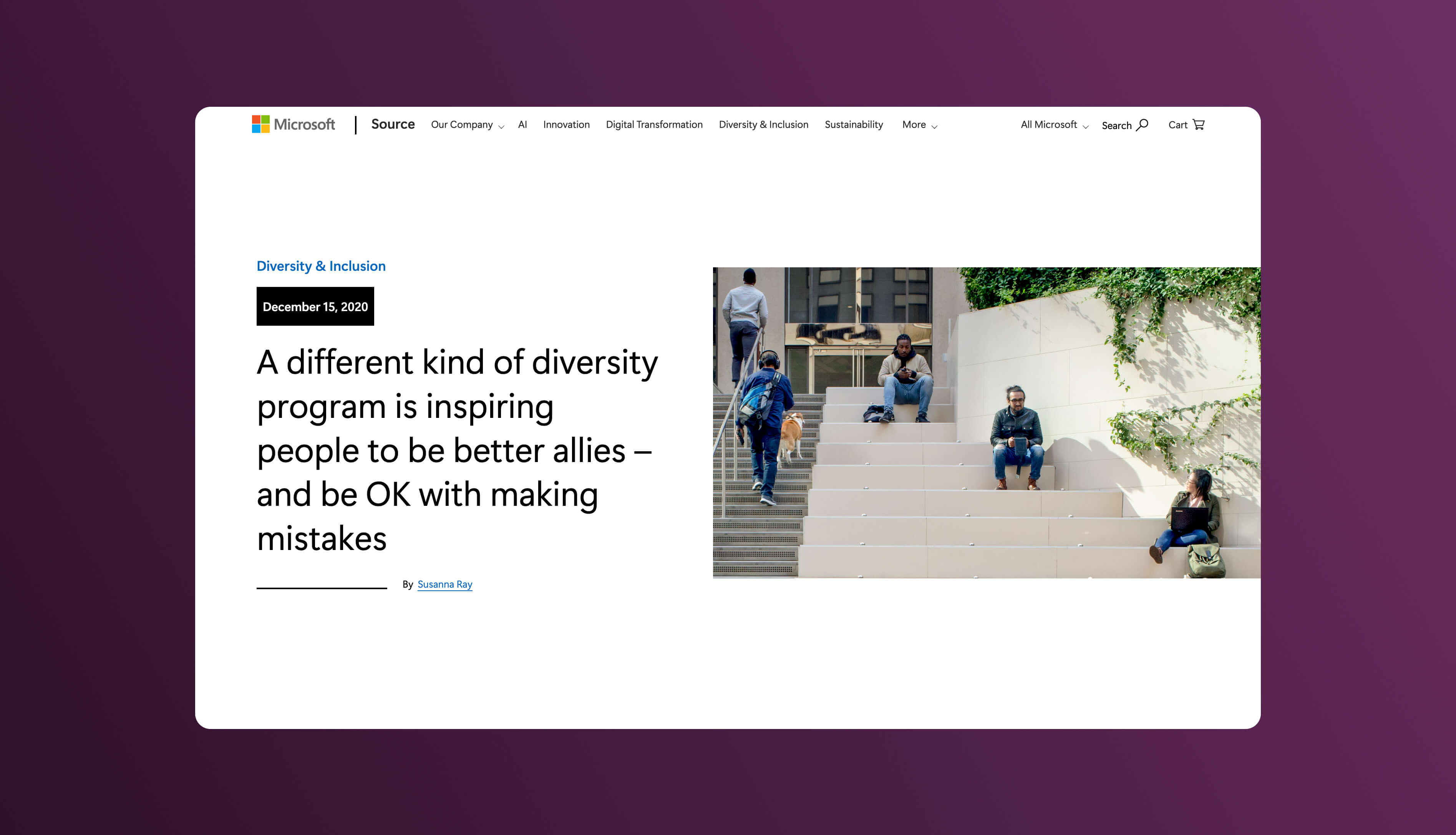
16. Project management training
Project management training programs are crucial for teaching employees how to manage and execute projects efficiently. These programs help ensure projects are completed on time, within budget, and specifications, boosting productivity and reducing waste. Notably, poor project management leads to an average resource waste of 11.4%, and organisations lacking effective project management are likely to see their project failure rates nearly double.
A good project management training program example:
Google Project Management: Professional Certificate: This program is part of a six-course series offering a comprehensive introduction to project management. It focuses on Agile and Scrum methodologies, project documentation, and effective stakeholder communication. Upon completion, participants receive a professional certificate from Google, enhancing their employability and career prospects.
